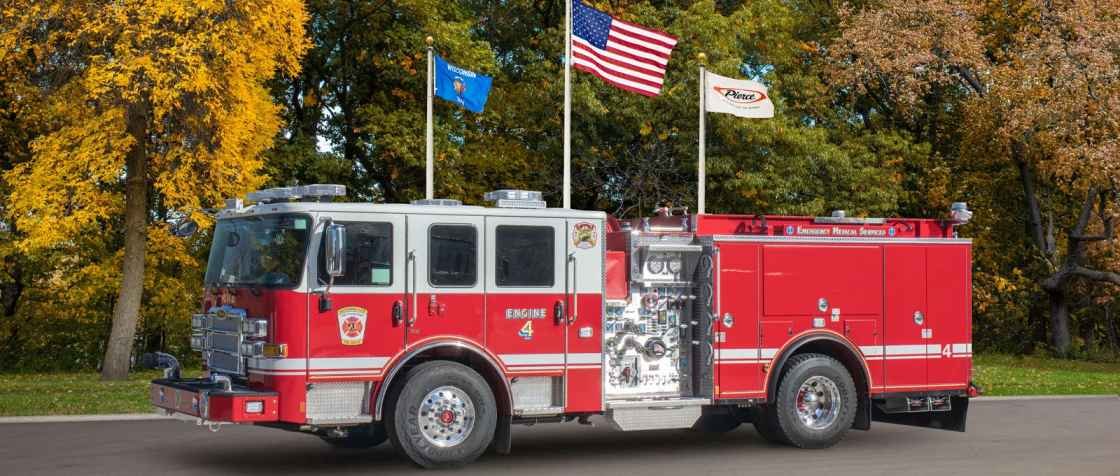Urban firefighting presents a unique set of challenges, distinct from rural or wildland firefighting. Dense populations, high-rise buildings, and complex infrastructures in cities create specific demands for firefighters. This article explores the challenges inherent in urban firefighting and the innovative solutions being adopted to tackle these obstacles effectively. Here is what experts like John Rose Oak Bluff say.
Unique Challenges of Urban Firefighting
High Population Density: Urban areas are characterized by high population densities, increasing the potential for mass casualty incidents and the need for rapid evacuation during fires.
Structural Complexity: The varied and complex nature of urban buildings, including high-rise structures, old buildings with outdated wiring, and mixed-use developments, present unique challenges for firefighting and rescue operations.
Access and Water Supply Issues: Narrow streets, traffic congestion, and limited access points can hinder the movement of firefighting equipment. Additionally, ensuring adequate water supply for firefighting in densely built areas can be a challenge.
Technological Advancements and Strategies
Advanced Firefighting Equipment: The use of modern firefighting equipment, such as aerial ladders, drones for surveillance, and thermal imaging cameras, has improved operational effectiveness in urban environments.
Smart Firefighting Techniques: Utilizing smart technology, including building sensors and data analytics, helps in predicting fire behavior and optimizing response strategies.
Specialized Training and Tactics
Urban Firefighting Training Programs: Firefighters in urban settings undergo specialized training that focuses on navigating high-rise buildings, confined spaces, and complex urban landscapes.
Tactical Considerations: Urban firefighting tactics might include specific approaches for ventilation, search and rescue operations in high-rise buildings, and managing fires in underground transportation systems.
Community Engagement and Fire Prevention
Fire Safety Education: Fire departments often engage in community education programs to promote fire safety awareness, particularly in urban areas with high-density housing.
Building Code Enforcement: Collaborating with city planners and enforcing strict building codes and fire safety regulations are essential in preventing fire incidents and ensuring safe evacuation routes.
The Role of First Responder Coordination
Interagency Collaboration: Effective coordination among various emergency services, including fire, police, and medical responders, is crucial for managing urban fire incidents.
Centralized Command Systems: Implementing centralized command systems during large-scale emergencies ensures efficient resource management and communication among different teams.
Future Outlook and Innovation
Adapting to Urban Growth: As cities continue to grow and evolve, firefighting strategies and equipment must adapt to new urban challenges, including the rise of “smart cities” and increasing environmental concerns.
Investing in Research and Development: Continuous investment in research and development is necessary to innovate new firefighting techniques and equipment suited for the unique demands of urban environments.
Urban firefighting requires a multifaceted approach, combining advanced technology, specialized training, community engagement, and strategic coordination. Addressing the challenges of urban environments is crucial for protecting lives and property in cities. As urban landscapes continue to evolve, the firefighting community remains committed to adapting and enhancing its strategies to meet these ever-changing demands.

